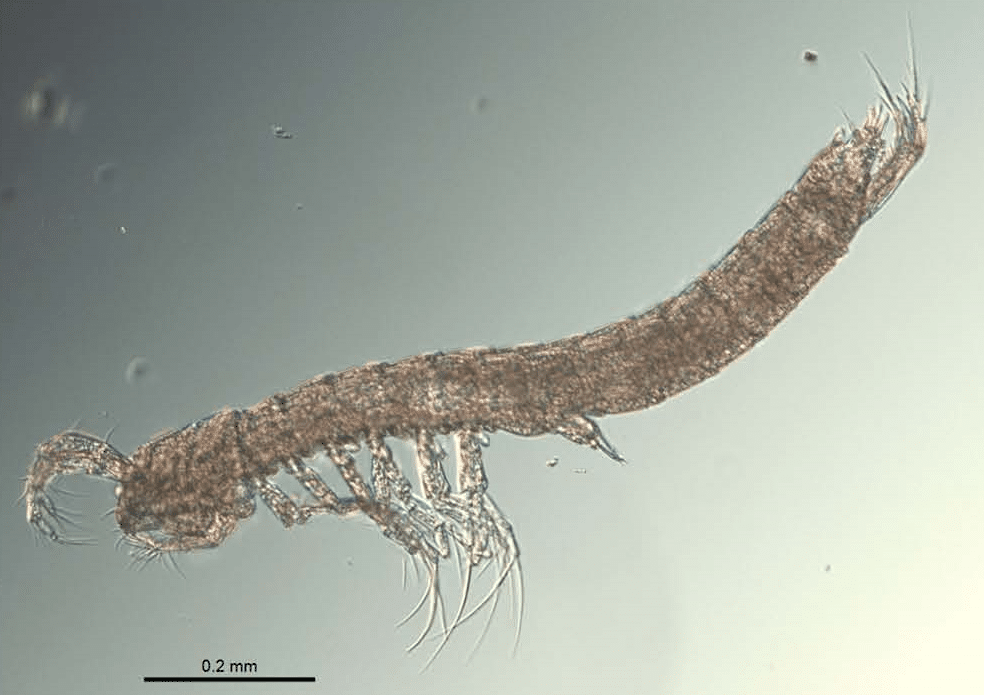More than 200 people converged on Walpole at the end of September, with one common goal – to capture a snapshot of the plant and animal life hidden in the nooks and crannies of the Walpole Wilderness Area, the only gazetted wilderness in Western Australia.

Biologic has teamed up with Curtin University’s SurGE Group to describe two new species of Hexabathynella from Wadjemup / Rottnest Island
Wadjemup is known for its white-sand beaches, pink-tinted salt lakes and charismatic quokkas. Yet scientists are beginning to discover that the life that lies beneath the island’s pale Tamala limestone is just as distinctive and unique as what is above its surface.
The two new species of subterranean fauna were discovered by a team led by our in-house taxonomist Dr Giulia Perina and Curtin University researchers from the Subterranean Research and Groundwater Ecology (SurGE) Group.
Hexabathynella quokkai and Hexabathynella bisetosa belong to the crustacean family Parabathynellidae, a type of tiny shrimp-like animal found in groundwater or in the spaces between sediments. Like all crustaceans, H. quokkai and H. bisetosa have antennae, segmented bodies and several pairs of delicate legs. Under a microscope, they look a little like thin, elongated versions of a prawn. Yet they are only around one to two millimetre in length and, owing to their lives lived in darkness, are both colourless and eyeless. They are commonly known as syncarids.
Dr Perina’s colleague Dr Mattia Saccò first collected samples of the then undescribed syncarids in 2017 as part of a groundwater study on the island.
Dr Saccò returned to Wadjemup in 2020 to collect fresh samples of the syncarids so that both morphological characteristics and genetic sequencing could be used to describe them. Biologic provided technical and financial support of the project, with geneticist Stephanie Floeckner extracting the DNA from the new samples at Biologic’s molecular systematics laboratory.
‘Biologic is always interested in supporting research that furthers taxonomy,’ says Dr Nihara Gunawardene, manager of terrestrial invertebrates and molecular systematics at Biologic.
‘We need more knowledge in order to better protect our short-range endemic species.’
What the project discovered on a small island like Wadjemup was ‘pretty amazing’, Dr Perina says. Each of the new species was found in only one of the sampled boreholes. Despite one borehole being on the island’s northern shore and the other on the southern, the two boreholes were not that far apart. Previous hydrochemical analyses of the freshwater lens showed that groundwater flows from the centre of the island towards the coast, creating a separation in habitat between H. quokkai and H. bisetosa.
Dr Perina and Dr Saccò see this first round of sampling at Wadjemup as the pilot for ongoing work to reveal the diversity and evolutionary history of the subterranean fauna of the south-west region and the state. Further sampling will reveal whether H. quokkai and H. bisetosa are more widespread or found only on Wadjemup, and help us to understand what this means for their conservation.
‘There’s so much to be done,’ Dr Perina says.
The paper describing the two new species is available here.



